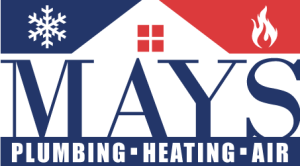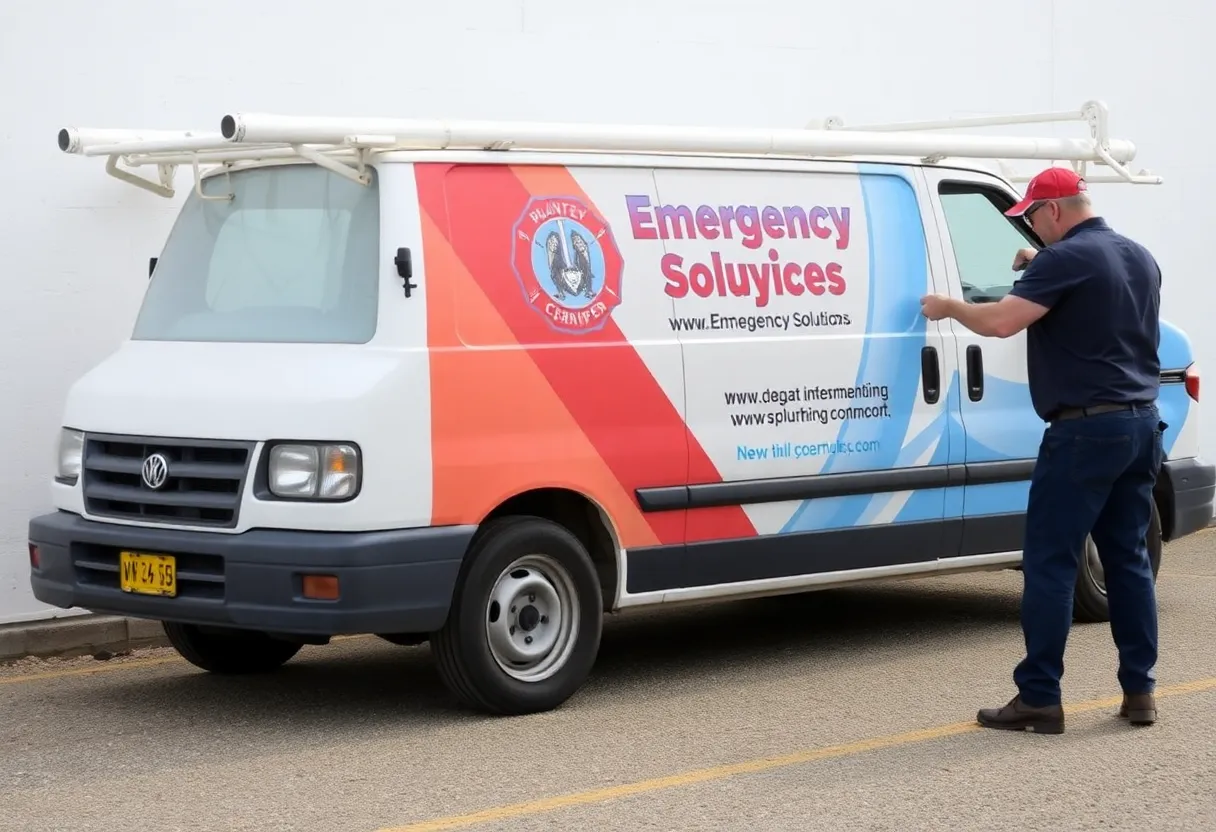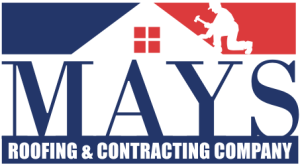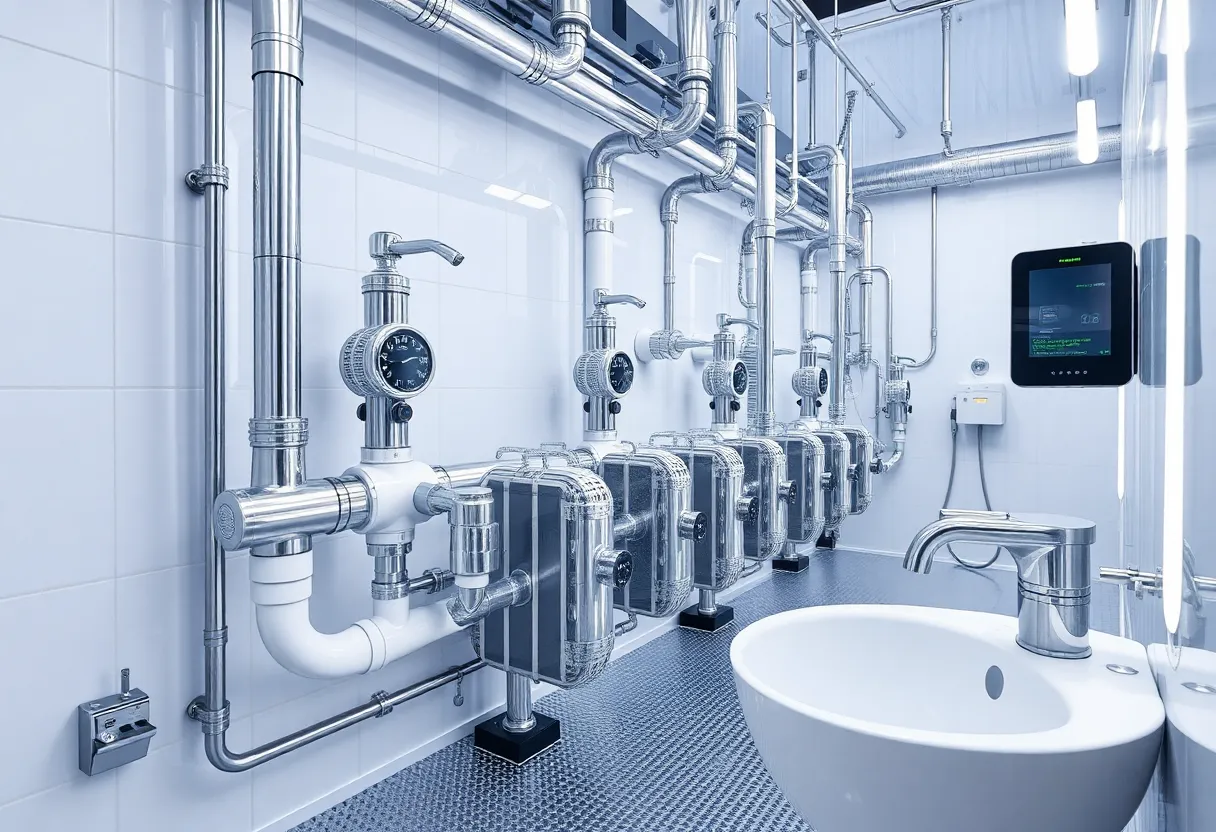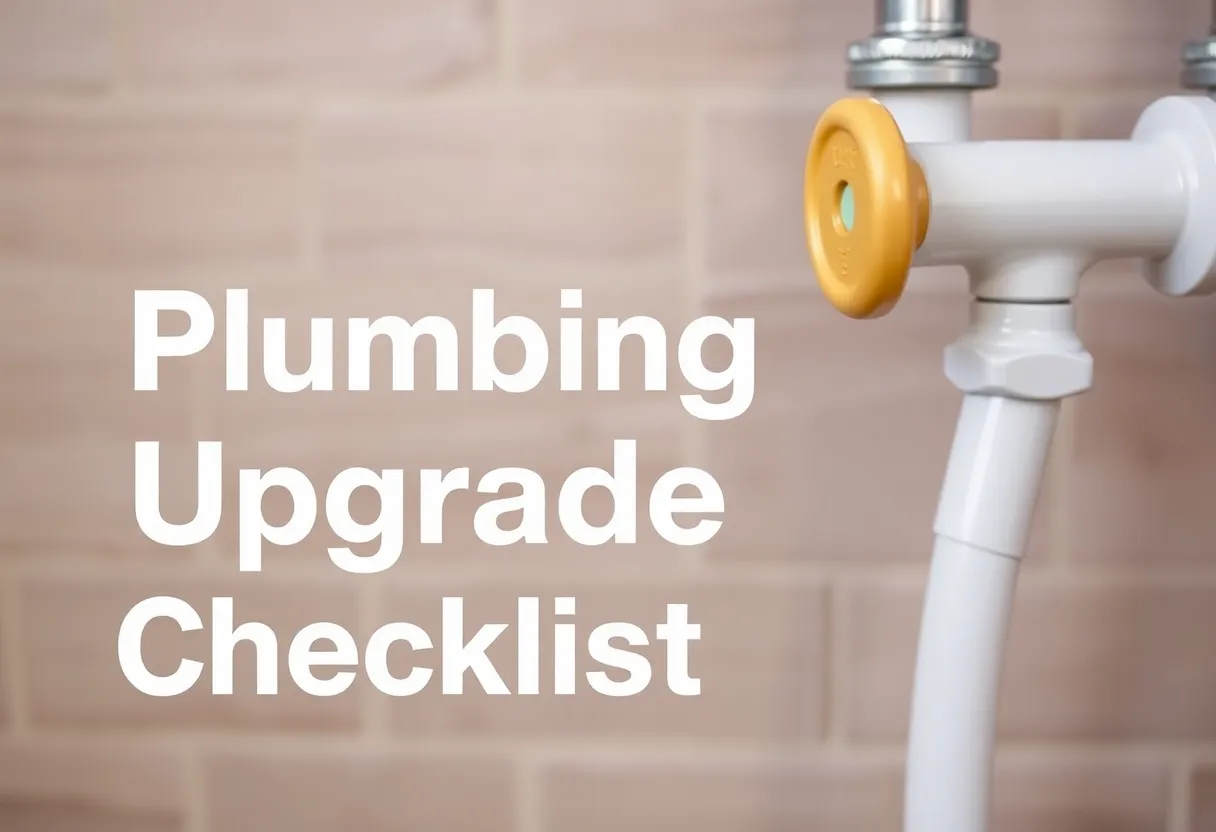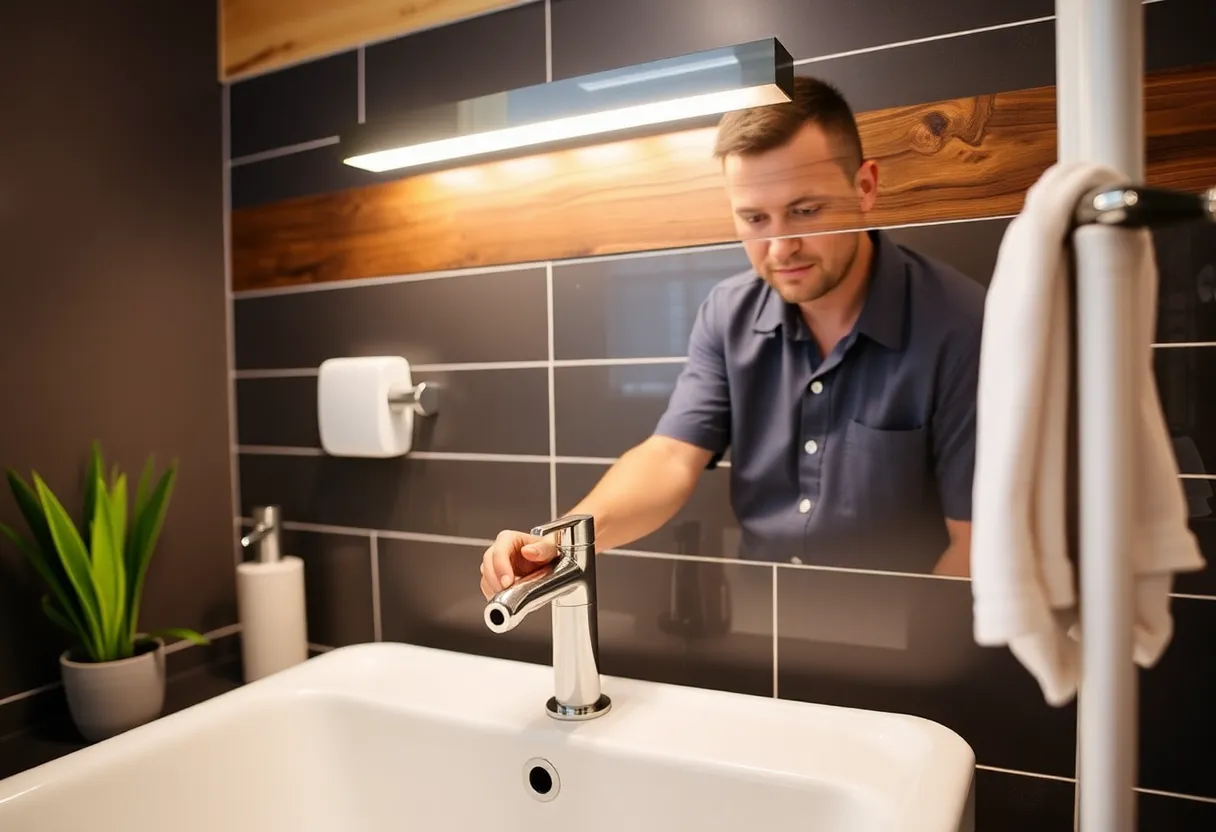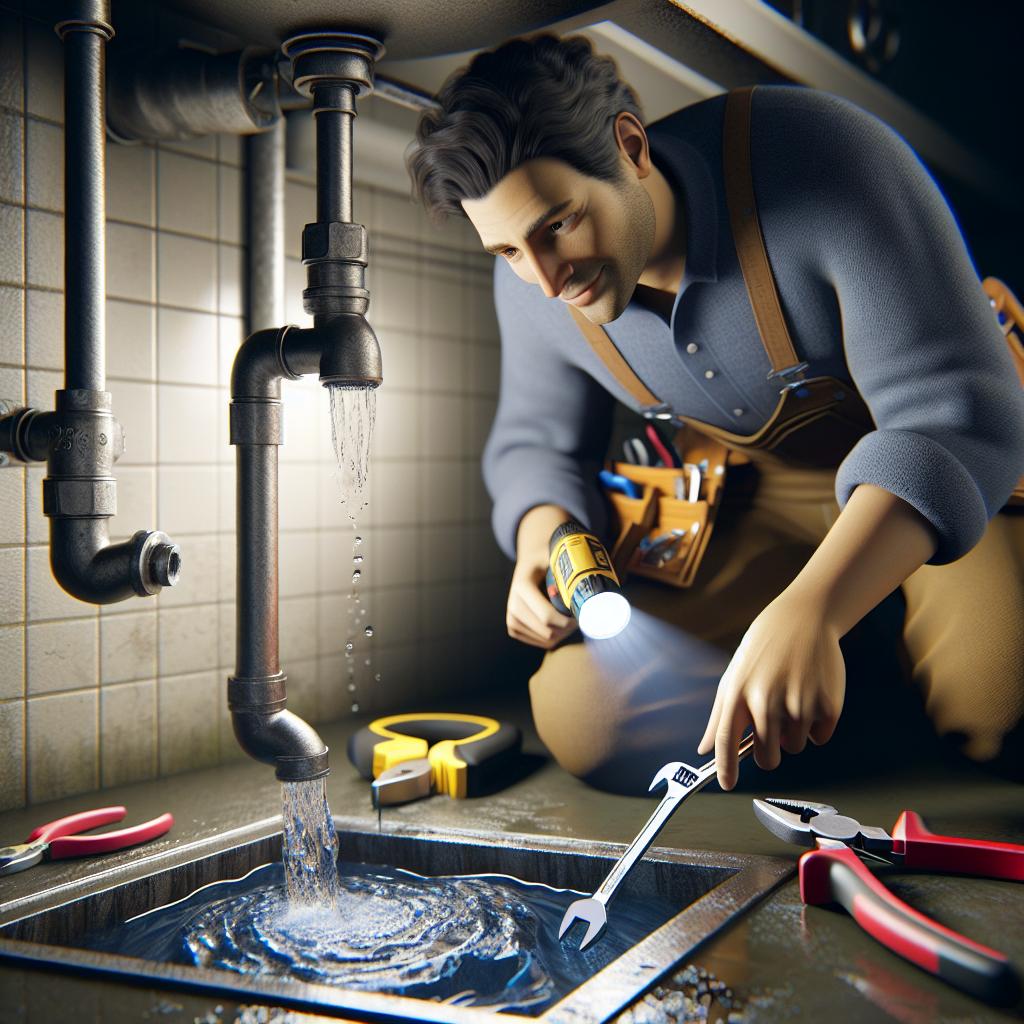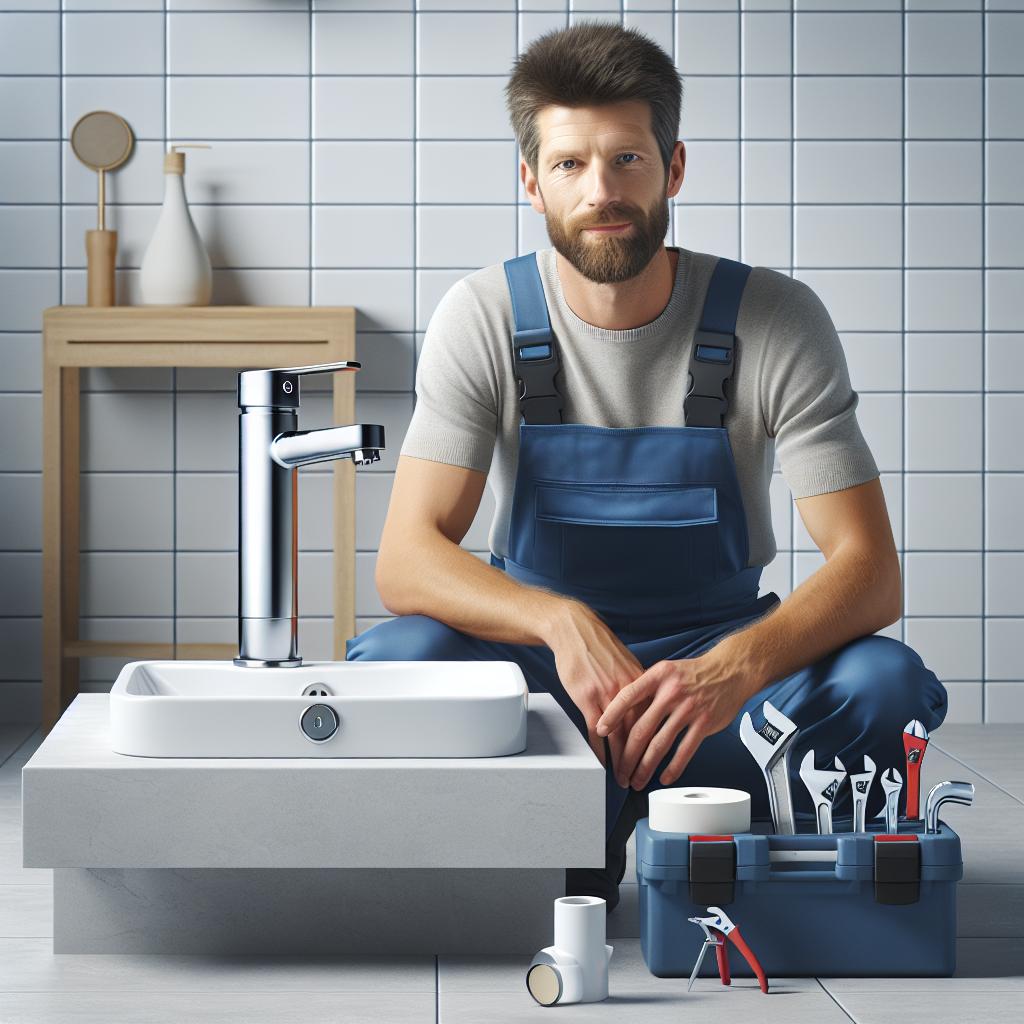The Plumbing Quick Fixes: 8 Essential Hacks to Handle Emergencies Like a Pro
Plumbing emergencies can strike at any moment, potentially leaving you feeling overwhelmed and unsure of what to do next. Whether it’s a leaky faucet, a clogged toilet, or a burst pipe, knowing how to tackle these situations swiftly and efficiently can save you time, money, and significant stress. In this guide, we’ll explore _eight essential hacks_ that will empower you to handle various plumbing emergencies like a pro.
1. Understand the Main Water Shut-Off Valve
One of the first things you should know when dealing with a plumbing emergency is where your main water shut-off valve is located. This valve controls the flow of water into your home and can be a lifesaver in preventing water damage.
Locating the Valve
The main shut-off valve is typically found near the point where your water line enters your home. It may be located in the basement, crawlspace, or near an exterior wall. Look for a round or lever handle, usually colored in brass or chrome. Knowing how to turn this valve off can save you from significant water damage.
Turning Off the Valve
To turn off the valve, simply rotate the handle clockwise (right). If your valve has a lever, lift it to the off position. In a plumbing emergency, quickly shutting off the water supply can prevent flooding and minimize damage.
2. Use a Plunger for Clogs
When you encounter a clogged toilet or sink, your first action should be to reach for a _plunger_. This simple yet effective tool can resolve most minor clogs without the need for harsh chemicals or professional intervention.
Choosing the Right Plunger
Make sure to use a plunger specifically designed for toilets, which has a flange that creates a better seal. For sinks, a standard cup plunger will suffice.
Proper Technique
To effectively use a plunger, follow these steps:
- Ensure there’s enough water in the basin to cover the rubber part of the plunger.
- Position the plunger over the drain and ensure a firm seal.
- Pump the plunger up and down vigorously for about 15-20 seconds.
- Lift the plunger quickly to break the seal, and check if the water drains properly.
3. Repairing Minor Leaks with Plumbing Tape
Minor leaks in pipes or connections can quickly turn into bigger issues if not addressed promptly. One handy tool for quick repairs is _plumbing tape_, also known as Teflon tape.
How to Use Plumbing Tape
To use plumbing tape for repairing minor leaks, follow these steps:
- Turn off the water supply to the affected area.
- Dry the area around the leak thoroughly.
- Wrap the tape around the joint or pipe, overlapping it slightly as you go.
- Reopen the water supply and check if the leak is resolved.
4. Fixing a Running Toilet
A running toilet can waste gallons of water and increase your water bill. Fortunately, there are a few simple adjustments you can make to resolve this issue.
Identifying the Problem
Most often, the culprit behind a running toilet is a faulty flapper valve or an incorrect float level.
Steps to Fix
- Remove the tank lid and observe the components.
- Check if the flapper is sealing properly. If not, it may need replacing.
- Adjust the float by bending the arm or adjusting the screw, so the water stops filling at a lower level.
5. Clear Clogs with a Drain Snake
If your clogs persist after using a plunger, you may want to try a _drain snake_. This tool can reach deeper into your pipes to remove stubborn blockages.
Using a Drain Snake
Follow these steps to effectively use a drain snake:
- Insert the end of the snake into the drain until you hit resistance.
- Rotate the handle to break up the clog and push the snake further into the pipe.
- Once you feel the clog release, pull the snake out slowly, bringing debris with it.
- Run hot water down the drain to ensure it’s clear.
6. Dealing with Low Water Pressure
If you find that the water pressure in your home has suddenly dropped, this can be frustrating. Here are a few common causes and how to remedy them:
Potential Causes
Low water pressure can result from:
- A partially closed shut-off valve
- A clogged aerator on your faucet
- Leaky pipes
Quick Solutions
- Check that the main shut-off valve is fully open.
- Remove and clean the faucet aerator, which can accumulate debris over time.
- Inspect visible pipes for leaks that may need professional attention.
7. Emergency Pipe Repairs with Epoxy Putty
In the case of a broken or leaky pipe, _epoxy putty_ can provide a temporary fix until you can make a permanent repair.
Applying Epoxy Putty
Here’s how to effectively use epoxy putty:
- Turn off the water supply.
- Clean and dry the area around the leak.
- Mix and mold the epoxy putty according to the package instructions.
- Apply it generously over the leak and allow it to cure as directed.
- Once cured, turn the water supply back on and check for leaks.
8. Call a Professional When Necessary
While the hacks above can help you manage minor plumbing emergencies, there are times when it’s best to call a professional plumber. Here are a few situations when this might be necessary:
When to Seek Professional Help
- If you are dealing with complex issues like sewage backups or major leaks.
- When you’ve tried a few fixes without success.
- To ensure safe repairs if you are uncomfortable working with plumbing systems.
Conclusion
Being equipped with these _eight essential hacks_ will help you handle plumbing emergencies like a pro. Remember, while minor issues can often be tackled with simple fixes, it is important to recognize when it’s time to call in a professional. By being proactive and prepared, you can reduce the stress and potential damage associated with plumbing emergencies in your home.



